It is likely that depending on your fiscal year
end you will start to prepare your annual budget or plan shortly. As every year
the plan will finally be presented to a group of stakeholders or even to
investors outside the organization.
In this post I would like share my experience
gained in different organizations and some important factors when presenting
this document.
Assuming you know who is going to receive your
plan, your first challenge is ensuring that it is read. This is why the
presentation and executive summary have to be good. It is highly unlikely that
anyone will read the plan to the beginning to the end.
If the plan is for internal purposes you should
be confident that a plan for this use will be given some attention. You can
also be certain that the plan will not be read in their entirety either. The
best you can hope for is that readers will grasp some good points from the plan
before the next meeting in the boardroom or in the CEO office. You don’t want
casual readers to find things that they can readily pick on and criticize.
Hence my advice would be, think about the people who will be sitting around
that “polished table”.
With the personalities of your organization in
mind, read the plan again and try to see where your opponents might find
ammunition. Consider if you have mistakenly overemphasized a weakness or an
uncertainty or whether you have made assumptions that can be torn apart. If
possible discuss the plan with your direct boss to see where he or she finds
weaknesses and where you can look for support.
If you are fighting in a tough “political
atmosphere” don’t let your plan be discussed too freely in advance. Too much
idle chatter give your opponents time to formulate strategies. Don’t show
everyone your hand or your best ideas will turn on the boss´s desk in someone
else´s memo two days before you can present your brilliant business plan.
But, who are the group of people that could be
sitting in the conference table?
First of all ,the decision-maker. Even if the EVP or CEO makes the decision, it
might be based wholly or partly on feedback or recommendation from others
therefore don’t focus on the head of the table to the exclusion of all others.
In the second position, let´s say, the
influencer. Frequently there is a “wise man” exerting strong influence on the
decision-maker. Win the influencer´s support and you might win the battle.
Next, your direct boss. In this case you can
usually expect a constructive attitude from this person and you are strong if
he or she is the key influencer.
And finally, my most like group. The opponents,
the nasty “point-scorers” and the supporters.
It is likely you will have some opponents. They
might be motivated by personal grudge against you, “personality disorders”,
ambition or maybe “their divorce” is making them grouchy. Whatever the cause,
they will pick up on anything negative in your business plan.
What to say about the point-scorers. There are
invariably a few people knocking around
your company who spend their time looking for an opportunity to look
good in front of the bosses or otherwise “score points”, even if it means
wrecking a perfectly reasonable business plan just because it was not invented
by them.
Finally, your fellow contributors, directors or
managers that will gain from the plan and if this plan is sound are likely to
be generally positive. But watch out for unexpected point-scorers and those
with hidden agendas. Don’t rely on goodwill or friendship for getting support,
prefer facts and good arguments.
Every reader will want to see you are
presenting an attractive business and the track record is of overwhelming
importance.






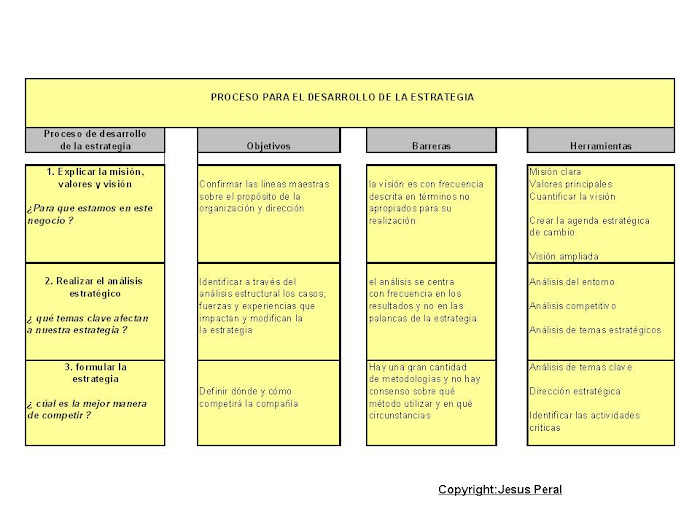

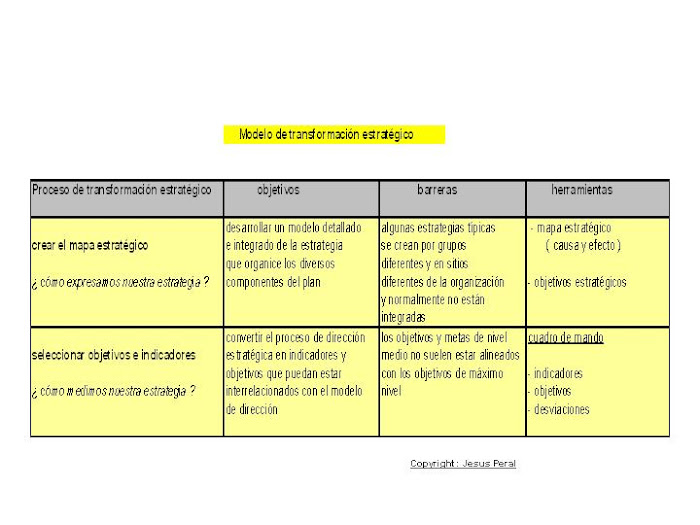
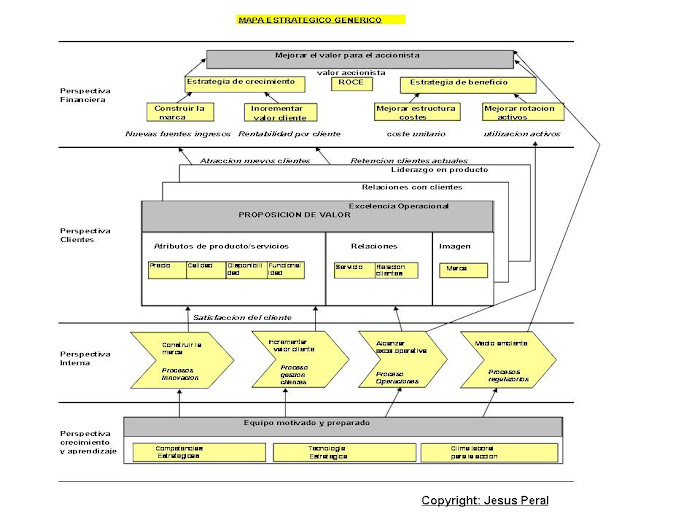

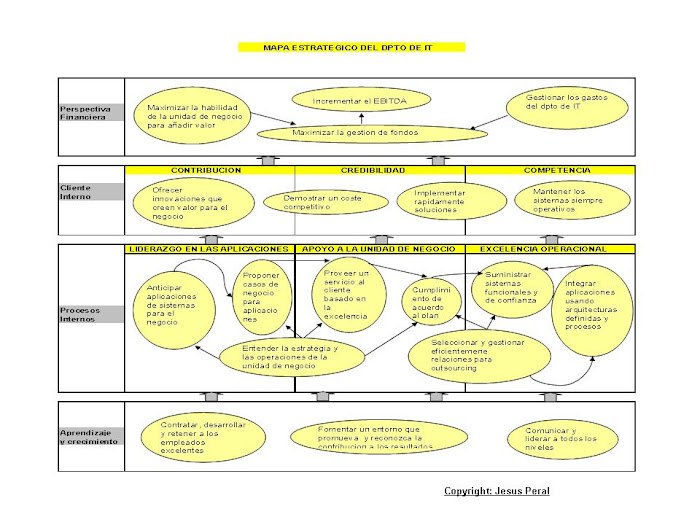

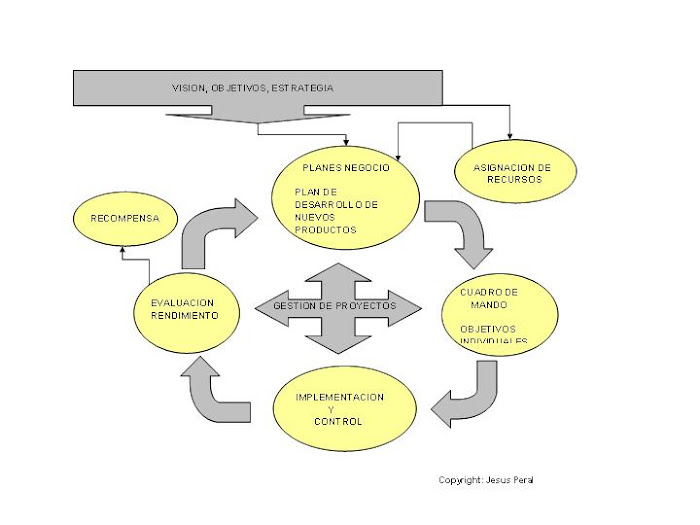

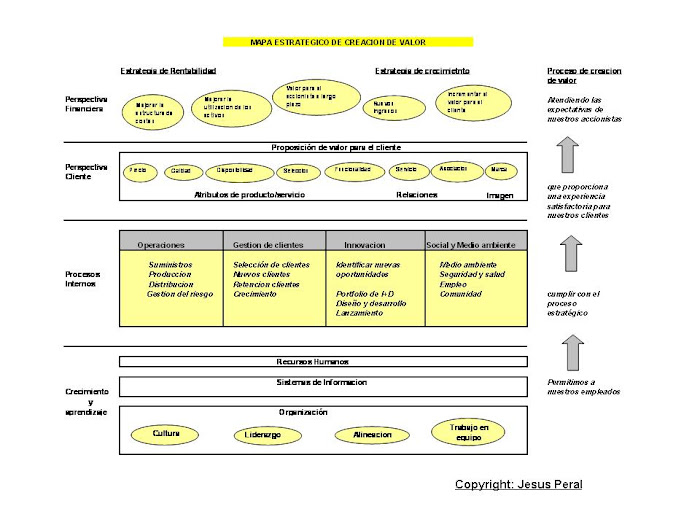




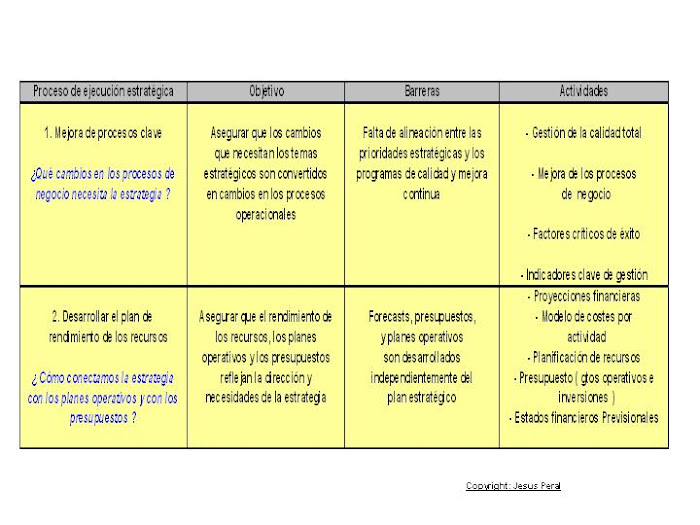
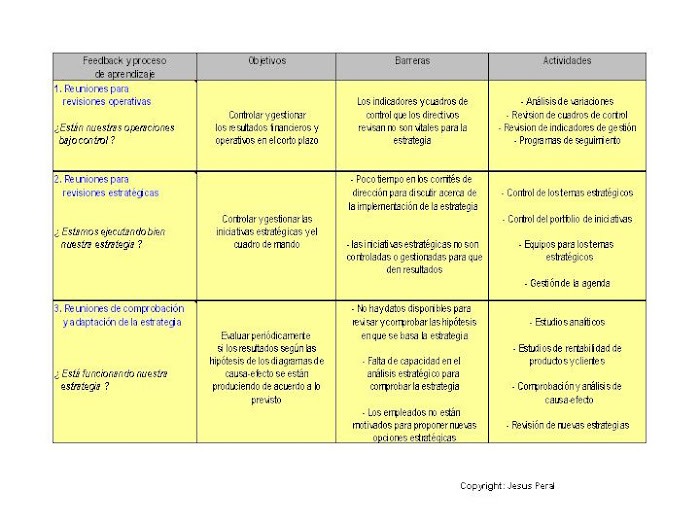


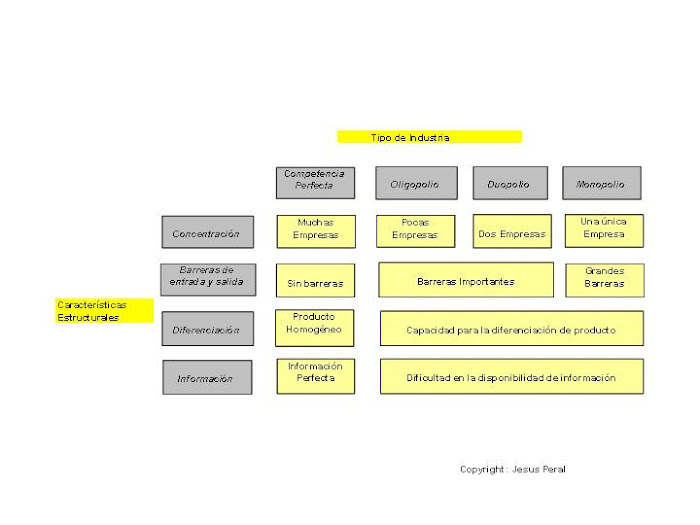

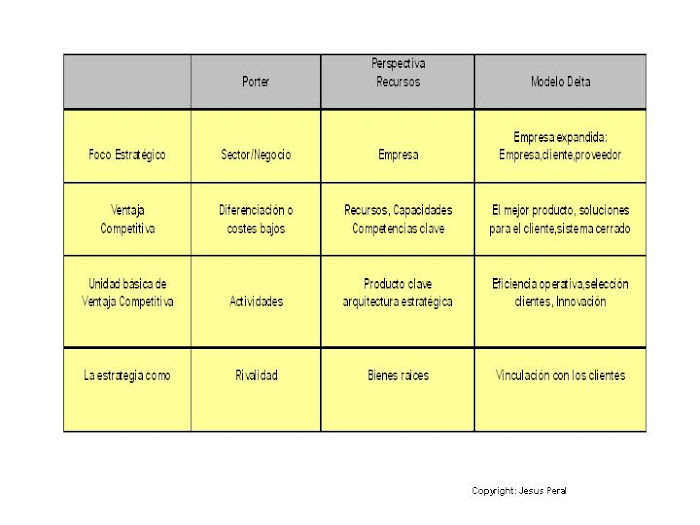
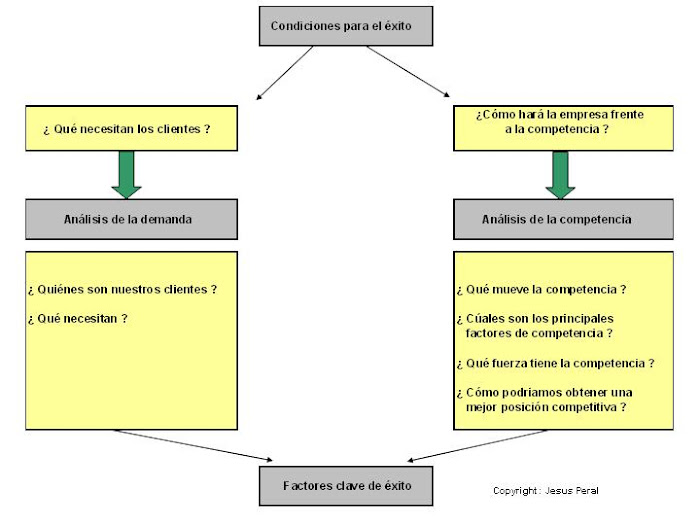
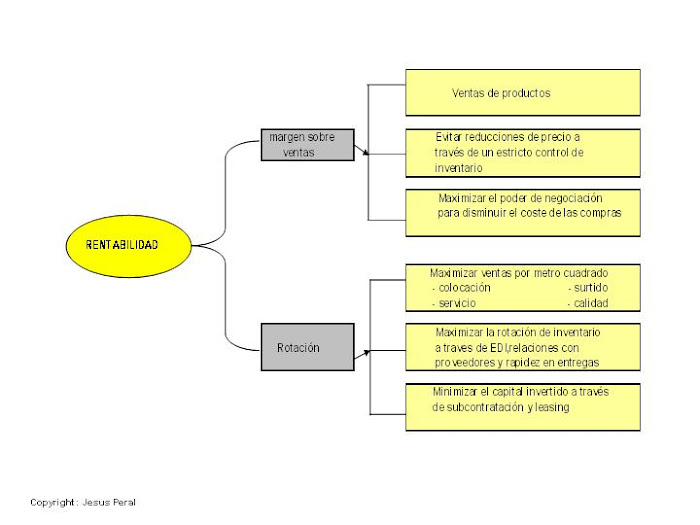





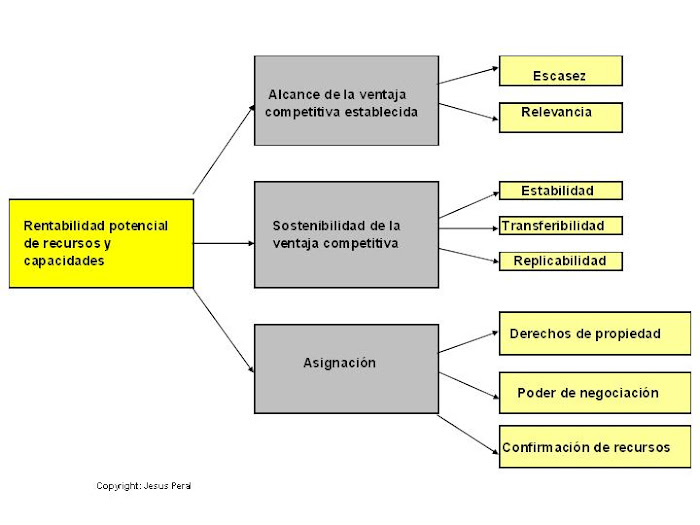

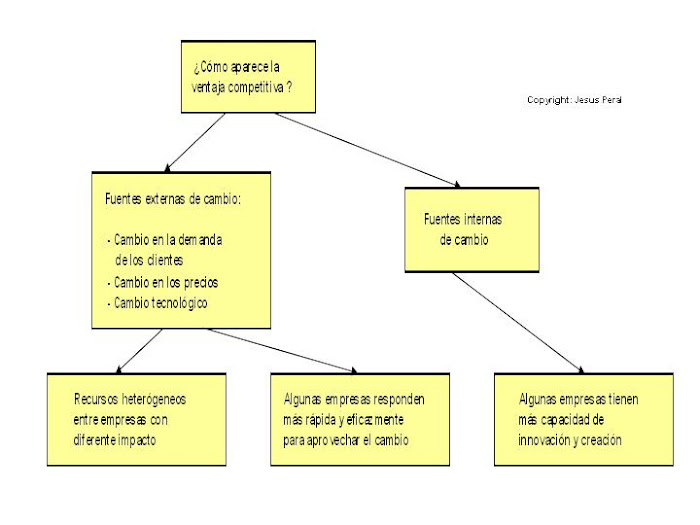

































No hay comentarios:
Publicar un comentario